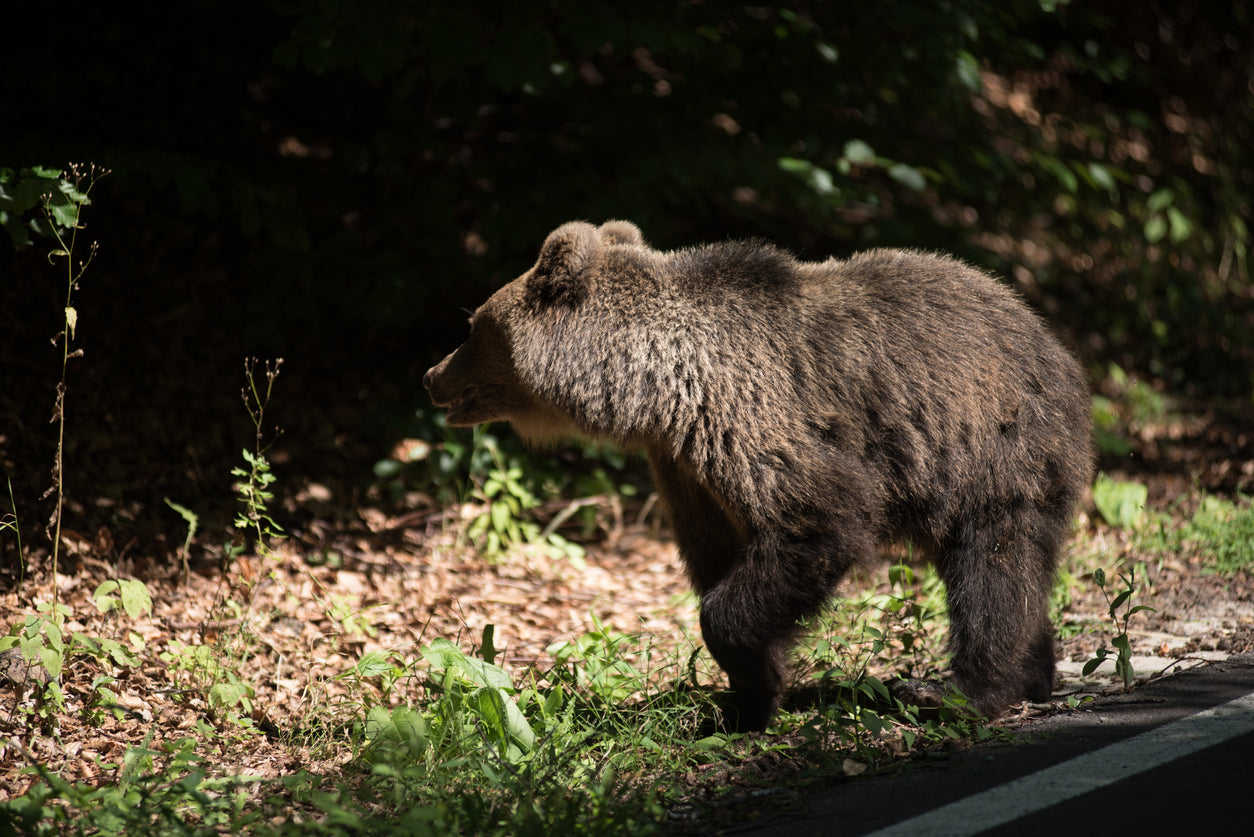Introduction
Encountering a bear in the wild can be a breathtaking experience, but it also comes with inherent risks. Understanding bear behavior and having the right deterrents can significantly reduce the chances of a bear encounter turning into a dangerous situation. In this guide, we'll explore effective bear attack deterrents and how to use them safely.
Understanding Bear Behavior
Bear Species and Characteristics
Different bear species exhibit varying behaviors. Grizzly bears, for example, may react differently than black bears in certain situations. Understanding the specific bears in your area is crucial for effective deterrence.
Identifying Defensive vs. Aggressive Behavior
Recognize signs of defensive behavior, such as a bear standing on its hind legs to assess its surroundings, versus aggressive behavior, which may involve charging or vocalizing. This understanding helps determine the appropriate response.
Bear Spray: A Potent Deterrent
How Bear Spray Works
Explore the mechanics of bear spray, a specially formulated deterrent designed to deter bears without causing permanent harm. Bear spray typically contains capsaicin, a natural compound derived from chili peppers.
Proper Use of Bear Spray
Learn the correct technique for deploying bear spray, including the ideal distance and spray duration. Familiarize yourself with the expiration date and storage recommendations to ensure the spray's effectiveness.
Choosing the Right Bear Spray
Consider factors such as spray range, spray duration, and capsaicin concentration when selecting bear spray. Opt for a product specifically designed for deterring bears, and check local regulations regarding its use.
Additional Bear Deterrents
Bear Bells and Whistles
Explore the use of bear bells and whistles as preventive measures. The sound produced by these items can alert bears to your presence, reducing the likelihood of surprise encounters.
Electric Fences and Food Storage
In camp settings, electric fences can create a barrier between bears and humans. Proper food storage, including bear-resistant containers, is essential to prevent bears from being attracted to your campsite.
Safety Tips and Best Practices
Avoiding Bear Encounters
Implement strategies to minimize the risk of bear encounters, such as making noise while hiking, traveling in groups, and keeping a clean camp to avoid attracting bears with food odors.
Knowing When to Play Dead
In the event of a bear attack, understand the difference between grizzly and black bear encounters and know when to play dead. This can be a life-saving response during certain types of bear attacks.
Conclusion
Being well-prepared and informed is key when venturing into bear country. Bear attack deterrents, combined with a thorough understanding of bear behavior and proper safety measures, can significantly enhance your safety in the wild.
Frequently Asked Questions (FAQs)
-
Is bear spray effective against all bear species? Bear spray is generally effective against both grizzly and black bears. However, its efficacy depends on proper usage and following recommended guidelines.
-
How long does bear spray remain effective? Check the expiration date on your bear spray, and replace it as recommended by the manufacturer. Most bear sprays have a shelf life of several years.
-
Can I use regular pepper spray for bear protection? No, it is not advisable to use regular pepper spray intended for self-defense against bears. Bear spray is specifically formulated for deterring bears and has a higher concentration of capsaicin.
-
Are there regulations on the use of bear spray in national parks? Check with the specific national park or wilderness area you plan to visit for regulations on the use of bear spray. Many parks encourage its use as a safety measure.
-
Should I rely solely on bear spray for protection? While bear spray is a valuable tool, it's essential to adopt a comprehensive approach to bear safety, including proper food storage, making noise, and understanding bear behavior to minimize the risk of encounters.

